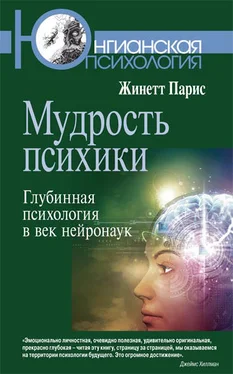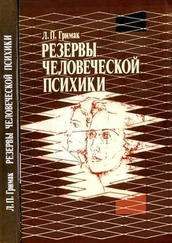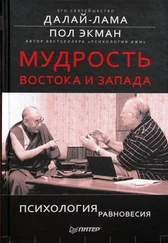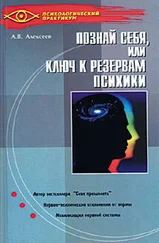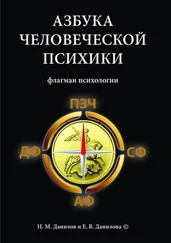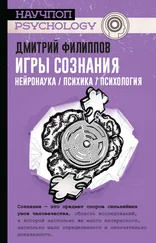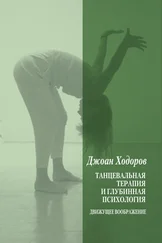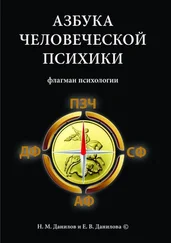Roustang F. (1989). The plural psyche: Personality, morality and the father. New York: Routledge.
Roustang F. (1993). The political psyche. New York: Routledge.
Roustang F. (2001). Politics on the couch: Citizenship and the internal life. New York: Profile Books.
Samuels A., Shorter B. and Plaut V. (1986). A critical dictionary of Jungian analysis. New York: Routledge & Kegan Paul.
Sardello R. J. (1995). Love and the soul: Creating a future for earth (1 sted.). New York: Harper Collins.
Sardello R. J. (2001). Love and the world: A guide to conscious soul practice. Great Barrington, MA: Lindisfarne Books.
Sartre J. P. (1946) L’existentialisme est un humanisme. Paris: Nagel.
Sartre J. P. (1956). Being and nothingness: An essay on phenotneno
logical ontology. New York: Philosophical Library. Sartre J. P. (1964). Les mots. Paris: Gallimard.
Sartre J. P. (1972). The transcendence of the ego: An existentialist theory of consciousness (F. Williams and R. Kirkpatrick, Eds). New York: Octagon Books.
Schama S. (1995). Landscape and memory. New York: Knopf.
Seinfeld J. (1993). Interpreting and holding: The paternal and maternal functions of the psychotherapist. Northvale, NJ: Jason Aronson.
Slattery D. P. (2000). The wounded body: Remembering the markings of flesh. Albany, New York: SUNY Press. Slattery D. P. and Corbett L. (2000). Depth psychology: Meditations in the field. Einsiedeln: Daimon-Verlag.
Solié P. (1980). Psychanalyse et imaginal. Paris: Imago.
Spitz R. A. and Cobliner W. G. (1966). First year of life: A psychoanalytic study of normal and deviant development of object relations. New York: International Universities Press.
Stein M. (1984). Jungian analysis. Boulder, CO: Shambhala.
Stein M. (2006). The principle of individuation: Toward the development of human consciousness. Wilmette, IL: Chiron Publications.
Stern D. N. (1985). The interpersonal world of the infant; A view from psychoanalysis and developmental psychology. New York: Basic Books.
Stroud J. and Thomas G. (1982). Images of the untouched: Virginity in psyche, myth, and community. Dallas, TX: Spring Publications.
Stroud J. and Thomas G. (1995). The Olympians. Dallas, TX: Dallas Institute Publications. Szasz T. S. (1961). The myth of mental illness: Foundations of a theory of personal conduct. New York: Hoeber-Harper. Szasz T. S. (1970a). Ideology and insanity: Essays on the psychiatric dehumanization of man. Garden City, NY: Anchor Books.
Szasz T. S. (1970b). The manufacture of madness: A comparative study of the inquisition and the mental health movement. New York: Harper & Row.
Tacey D. (1998). Twisting and turning with James Hillman //
A. Casement (Ed.), Post-Jungians today: Key papers in contemporary analytical psychology (p. 215–234). New York: Routledge.
Tacey D. (2001). Jung and the new age. Philadelphia, PA: Brunner-Routledge.
Vernant J.-P. and Vidal-Naquet P. (1990). Myth and tragedy in Ancient Greece (J. Lloyd, Trans.). New York: Zone Books.
Veyne P. (1988). Did the Greeks believe in their myths?: An essay on the constitutive imagination. Chicago: University of Chicago Press.
Watkins M. (2000). Invisible guests: The development of imaginal dialogues. Woodstock, CT: Spring Publications.
Winnicott D. W. (1957). The child and the outside world. London: Tavistock Publications.
Winnicott D. W. (1965). The maturational processes and the facilitating environment: Studies in the theory of emotional development. New York: International Universities Press.
Winnicott D. W. (1971). Playing and reality. New York: Basic Books.
Zeldin T. (1995). An intimate history of humanity. New York: Harper-Collins.
Ziegler A. J. (1983). Archetypal medicine (G. V. Hartman, Trans.). Dallas, TX: Spring Publications.
Zoja L. (1995). Growth and guilt: Psychology and the limits of development. New York: Routledge.
Zoja L. (2001). The father: Historical, psychological, and cultural perspectives. Philadelphia: Brunner-Routledge.
Предисловие
1 Первое издание «Диагностического и статистического руководства по психическим расстройствам» ( DSM ) было опубликовано в 1952 году Американской психиатрической ассоциацией. Сейчас специалисты работают с его четвертым изданием ( DSM-IV ).
1. Как я пробила свой толстый череп
1 Я знакома с одной кошкой, которой не понравилось бы это сравнение, но поскольку она не умеет читать, мне ничего не грозит.
3. Терапия как лекарство: медицинская модель
1 Она правильно поставила диагноз: DSM-IV определяет «преходящее простое моторное тиковое расстройство» (код 307.21, р. 108–116 DSM-IV ) как «проявляющееся много раз в день, практически ежедневно в течение как минимум четырех недель, но не дольше, чем в течение 12 последовательных месяцев» (если оно длится дольше, оно называется «хроническим тиковым расстройством»).
2 DSM-IV, р.108. 3 DSM-IV, р. ххх. 4 Female Sexuality. New York: Evergreen Black, 1969. 5 The Manufacture of Madness. New York: Harper & Row, 1970. 6 Представление о гомосексуальности как о «болезни» сменилось более тщательно проработанным набором определений проблем, которые могут возникнуть, если индивид испытывает чувство дискомфорта в связи со своим полом. Расстройства гендерной идентичности теперь определяются как «сильная и устойчивая кросс-гендерная идентификация, сопряженная с устойчивым чувством дискомфорта от своего пола». Иными словами, если человек не переживает свою гомосексуальность как проблему, DSM не расценивает гомосексуальность саму по себе как патологию ( DSM-IV, р. 535).
4. Терапия как инвестиция: экономическая модель
1 В приложении 1 DSM-IV (р. 898) предпринимается попытка оценить и диагностировать «культурно обусловленные синдромы». Клиницисту предлагается принимать во внимание, «как культурные особенности влияют на итоговый диагноз и лечение», однако остается под вопросом, как применить это в системе кодирования.
2 Люси Иригарэ пришла к похожему выводу, исследуя теории женской истерии, центрального понятия в истории психоанализа. Она утверждает, что за истерией чаще всего стоит неспособность говорить словами и потому тело берет на себя выражение эмоций. Женщина, страдающая истерией, оказывается перед невозможным выбором: либо она хранит молчание, либо пользуется языком отца, и в этом случае она будет по-прежнему переживать подавление вследствие патриархальной природы языка. Тело больной истерией – единственное остающееся ей коммуникативное средство.
Читать дальше
Конец ознакомительного отрывка
Купить книгу
